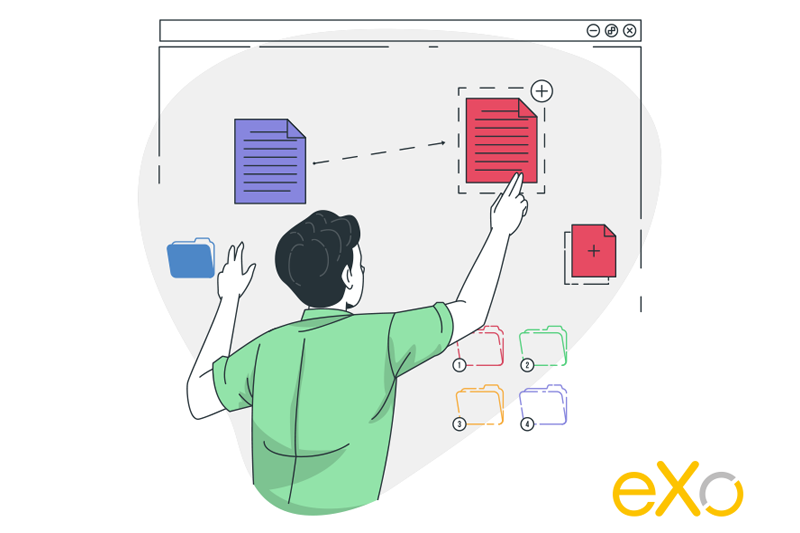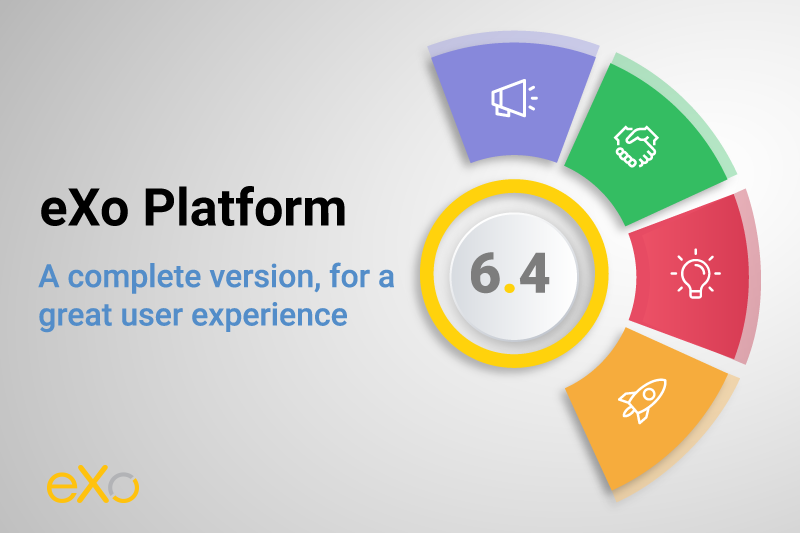- Fares Laroui
- July 21, 2020
Enterprise Collaboration Strategy

Content
collaboration in a professional setting,
common myths about collaboration,
its benefits,
its challenges and limitations,
and finally, how to build a collaborative culture.
1. What is enterprise collaboration?
2. The evolution of enterprise collaboration in the workplace
New jobs require new ways to collaborate
Employees expect the latest tech in the workplace
A failure to provide similar apps can lead to a phenomenon known as shadow IT, where employees bypass the company IT infrastructure and instead use their own apps. This can lead to unwelcome difficulties. First, security is at risk, since they might be exchanging sensitive data between personal accounts.Second, using many tools can lead to an overload, making information hard to find. This eventually reduces productivity and performance.
New generations perceive work differently
When asked about what they value most in the workplace, employees often cite community and team bonding as critical to their well-being. That is the finding of many studies, including a Gallup report titled “How Millennials want to work and Live”. The report found that millennials want to be part of an active community with strong social ties. They also want constant interactions and feedback from their managers in order to feel engaged (which is not often the case).
A Slack report “Good collaboration, bad collaboration” shed light on the matter of employees versus company values. The results are similar to the Gallup report. “Being part of a team” is among the top priorities for employees, along with transparency and openness, innovation, and of course efficiency. These findings demonstrate a shift in expectations and willingness to work well within teams. As mentioned earlier, enterprise collaboration relies heavily on individuals.
Flexible working arrangements and remote working
with eXo Platform
FAQ
You will find here Frequently Asked Questions about collaboration with all the answers in one place.
What is collaboration?
Collaboration is “the situation of two or more people working together to create or achieve the same thing”.
What are the different types of collaboration in business?
Here are some definitions of digital workplace:
- Team collaboration
- Cross-departmental and interdisciplinary collaboration
- Community collaboration
- Strategic partnerships and alliances
- Supply chain collaboration
How to choose the best type of collaboration?
In order to effectively find the right type of collaboration for your business, you have to follow a strategic approach and answer three common yet critical questions: Where are we? Where do we want to be? And how to get there?
Why collaboration is important?
At the internal level, businesses try to encourage and seek to incorporate different forms of collaboration in the workplace to lay the foundations for teams to be able to work together with an aim to achieve higher levels of success.
Externally, businesses look to engage in collaborative actions to benefit from others’ expertise, to gather the opinions of their customer base and to get customers and other stakeholders more involved in the development of products and services.
What are the benefits of collaboration in the workplace?
Here are some of the benefits of collaboration in the workplace:
- Foster innovation and creativity
- Better problem solving
- Effectively handle times of crises
- Engage and align teams
- Increase motivation
- Attract talents

Related posts
- All
- eXo
- Digital workplace
- Open source
- Internal communication
- Collaboration
- News
- intranet
- Future of work
- workplace
- Knowledge management
- Employee engagement
- Employee experience
- Employee productivity
- onboarding
- Employee recognition
- Change management
- Cartoon
- Digital transformation
- Infographic
- Remote work
- Sneak Peek
- Solutions
- Thought leadership
- Tips & Tricks
- Tutorial
- Uncategorized


